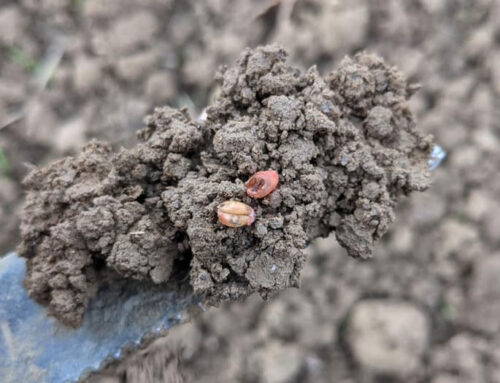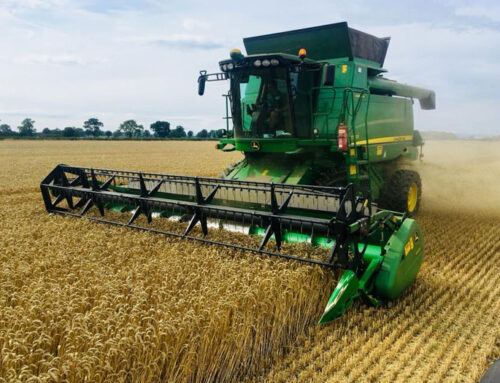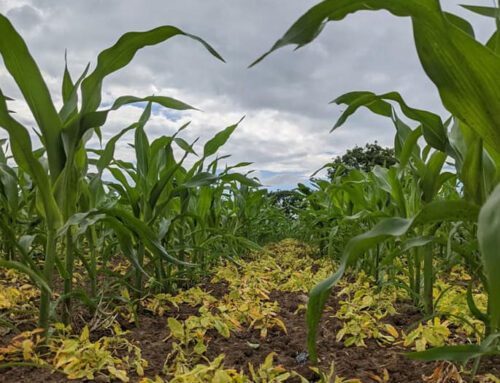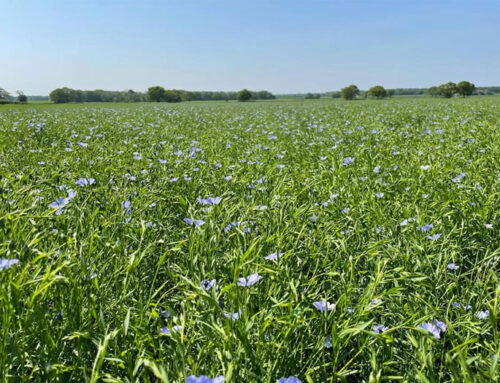Things are looking a little rosier and I predict a few surprises this harvest. The recent rain has been a blessing on many crops within the North Yorkshire region. Unfortunately, the rain was too late for some of the lightest soils with wheat aborting part of the ear. For most crops it was a supermarket delivery namely ‘just in time’. Obviously, my rain dances every night on my balcony paid off! I must always bring a little gloom to your month and say that the rain has come with some consequences. The dampness of soil has caused a second flush of weeds to germinate and in some cases given a steroid injection to those that were looking like they were on their way-out following herbicide applications. The recent flush of weeds in winter cereals does not cause me much concern as threat to yield is minimal and high populations are contained to bare open patches which spent the winter under water. This rich biodiversity brings colour to the fields and curses to the agronomist. To add further misery, we are getting the bombardment of late germinating wild oats in spring cereals. In my opinion with spring barleys all in ear and flowering, crop competition from these late germinators is minimal but nevertheless annoying. This alongside the increased cost of taking them out has steered my decision to leave and just close my eyes on future field visits. As welcome as the rain was spring barley crops on the lightest soils have aflush of secondary tillers another twist in this incredible season.
Fodder beets are reaping the benefits from the recent rain and have added on another 5 leaves in the past 2 weeks. I have yet to have crops at the same growth stage across the whole field, although despite this all herbicide programmes have been completed and done a superb job. Next on the list is to tackle any grassweeds or volunteer potatoes.
All the main herbicide applications to maize have now been made a consequence of which is they have turned the crop to a Homer Simpson shade of yellow, the spike in temperatures predicted this week along with a foliar mix of magnesium and manganese will be the tonic they are looking for. I always like to get the foliar application on as late as you dare go through with the sprayer, as you can appreciate with variable germination and the many different sprayer set ups the timing can fluctuate from farm to farm.
My last sprays on winter beans will be going on this week and have podded extremely well. Inputs on these crops have been minimal with such low disease pressure fungicide programmes have been kept simple. With daily temperatures above 10°C and dry leaves downy mildew infection has been low. There have been small breakouts in some crops but the dry weather kept it under control, last weeks cold and wet weather may cause a small surge however it will likely stay in lower leaves and crops are now nicely protected. I have kept a keen on eye on the Bruchid Cast to see if we have reached a threshold yet but again in my area this has yet to be met and is evident when scouting in crops. The rain has certainly been a lifeline for the spring beans. Prior to the rain crops averaged a meagre 10 cm in height with flowering at 1 cm they have now bounced up to 50 cm and all combine drivers are relieved!




